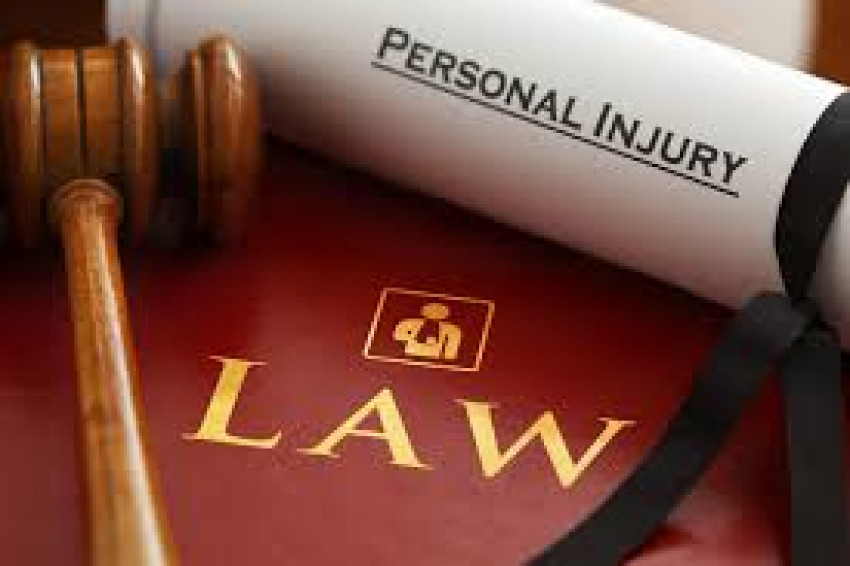
Living in a state like California, you might assume that consumer products available in local shops are absolutely safe to purchase and use. It is not unusual or irrational to expect that everything we buy has passed the necessary tests and standards before being approved for market placement. Unfortunately, even the most trusted brands tend to cut corners sometimes. They will launch a new product and create hype with false advertising. The product either lacks in quality or has some defect, which is hugely disappointing, even if it doesn’t cause any harm to the user.
Why do companies release defective products into the market? The simple answer is ‘to reduce production costs and raise sales profit’. Several parties are a part of the production and supply chain, thus it is possible that only one of them is liable for the fault in the product. Some companies send out goods for sale without due assessment and quality assurance protocol. Others are aware of the problem with their product, but they do not initiate corrective action because it would take up a lot of time and money.
If you or a loved one has sustained injuries due to a defective product, you could be eligible to file a product liability claim or lawsuit. Personal Injury Attorney in Woodland Hills, CA, can help you acquire the compensation you deserve if your case falls under one of the following categories:
1. Design Defect
The company that designs a product is not necessarily the manufacturer as well. The design for a product is a virtual concept, presentation, or blueprint that is later used to construct a tangible prototype. For example, an automobile engineer creates a design for an economical electric car. The design is supposed to provide illustrations and instructions for how the car should be built. It is possible that the engineer made a mistake or didn’t think it through before finalizing the model that is sent to the manufacturer. If the initial design is faulty, the product is destined to fail. The manufacturer simply followed the instructions as provided, and the marketing protocol doesn’t matter because the object was defective to begin with.
2. Manufacturing Defect
If the design for a product was unfailing, the original inventor of the concept is not to blame when the product malfunctions. The company that materializes that design could have made a mistake during the manufacturing process, thereby producing a product that is more or less altered. The modification or shortcomings in the final product might render it potentially dangerous for the user. At times, errors in the manufacturing process go unnoticed till the very end. When it’s too late or costly to fix something, builders/assemblers go with the earlier plan, despite knowing the risks. This happens because the defected products will be discarded or undergo corrective procedures, resulting in financial loss either way.
3. Marketing Defect
A product that was designed and manufactured perfectly can still become a hazard if it’s not marketed by the book. Many consumer goods come without a label or manual, but they are generally harmless and self-explanatory when it comes to usage. However, there are certain products that should not be sold without fair warning. For example, if a drug has side effects or consuming more than a specific amount can be lethal, the manufacturer/supplier should let the user know by placing warnings or instructions on the packaging.
When you file a product liability claim, you need to present evidence that suggests that the product did not function as intended, even though you were using it in the correct manner. Pinpointing flaws in a product design or determining an error in manufacturing is seldom easy. You lawyer will help you bring in experts to investigate and support you testimony


